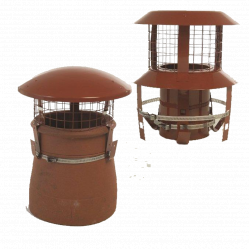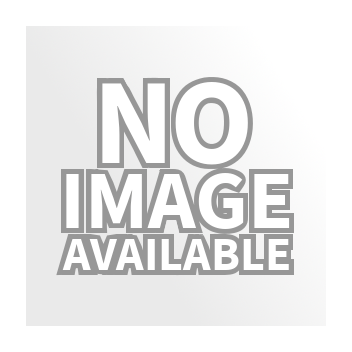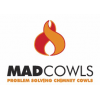Technical Details
| Product Title | MAD Rain Cowl c/w Mesh, Buff |
|---|---|
| Product Keyword | MAD Rain Cowl, c/w Mesh, Buff, Chimney Pot Guard, Weather Protection |
| Colour | Buff |
| Application | Pot |
| Fuel Type | Wood |
| Fuel Type | Coal |
| Fuel Type | Oil |
| Fuel Type | Gas |
Product Description
MAD Rain Cowl c/w Mesh, Buff
This versatile and durable MAD Rain Cowl is the perfect addition to any chimney system, providing effective protection from rain ingress and nesting birds. Finished in a subtle buff color, it blends seamlessly with your existing brickwork or roofing materials.
- Designed to prevent rain entry into the chimney
- Integral bird guard mesh to keep out birds and debris
- Made from high-quality galvanized steel for durability
- Attractive buff color to match your roof or chimney
- Easy to install on most chimney pots
- Compatible with flue systems for gas, oil, and solid fuels
- Increases updraft to improve fireplace efficiency
- Resistant to weathering and environmental conditions
Reviews
Flue & Chimney > Chimney Cowls & Flue Terminals

Chimney Cowls and Flue Terminals
One of the most important components of the install is the chimney cowl and/or flue terminal. It marks the termination point of the flue system and provides a safe point from which gases and particulates are released into the atmosphere. Cowls and terminals also provide protection from the elements- wind and rain and some come with fitted mesh to prevent birds from entering the chimney system. Our range of cowls and terminals come from highly reputable and experienced manufacturers, such as Schiedel for ICID twin wall systems, Selkirk for both twin wall and single skin flue systems and MAD cowls from JD Burford for single skin systems. We stock a very wide range of cowls and flue terminals, for gas, oil and solid fuel appliances, so if you are experiencing a specific problem with your flue system, come and talk to us and we can help you find the best solution for the problem.




